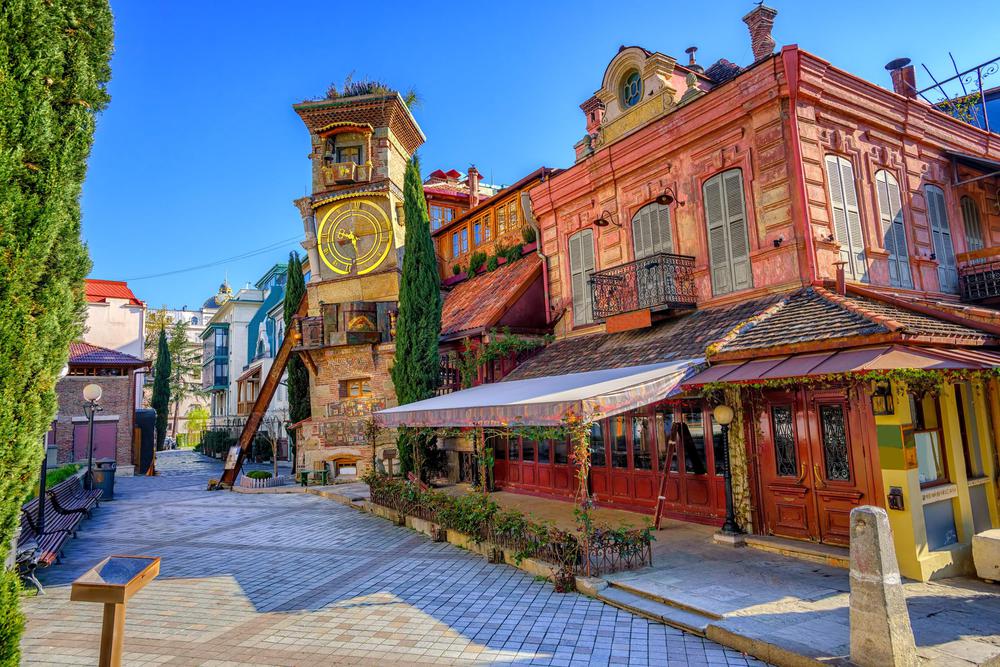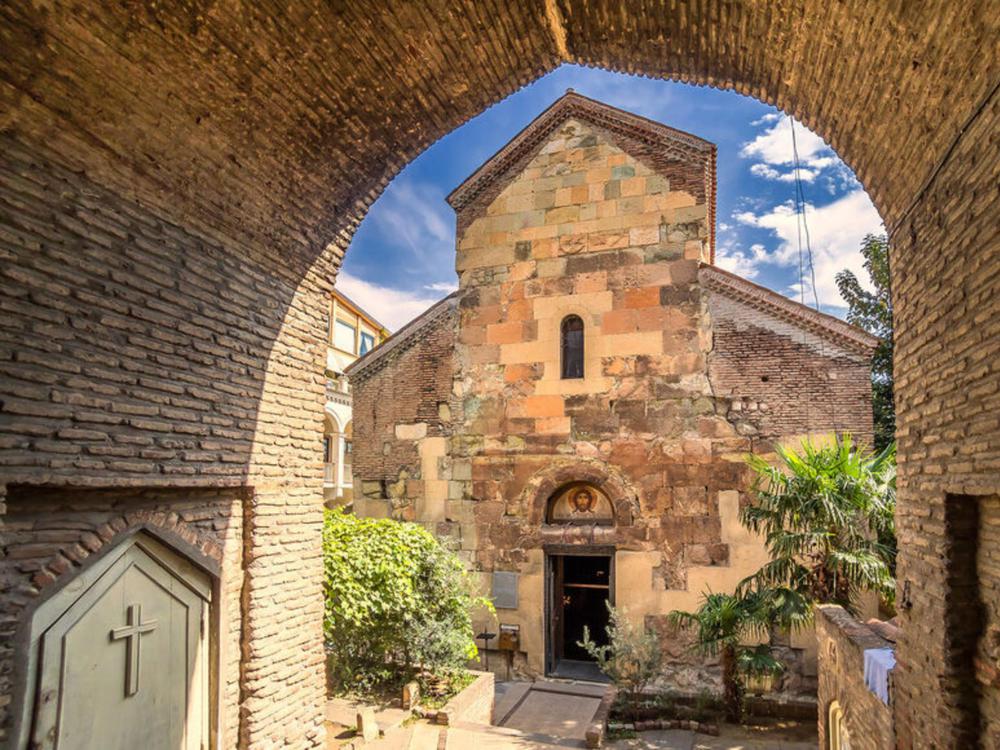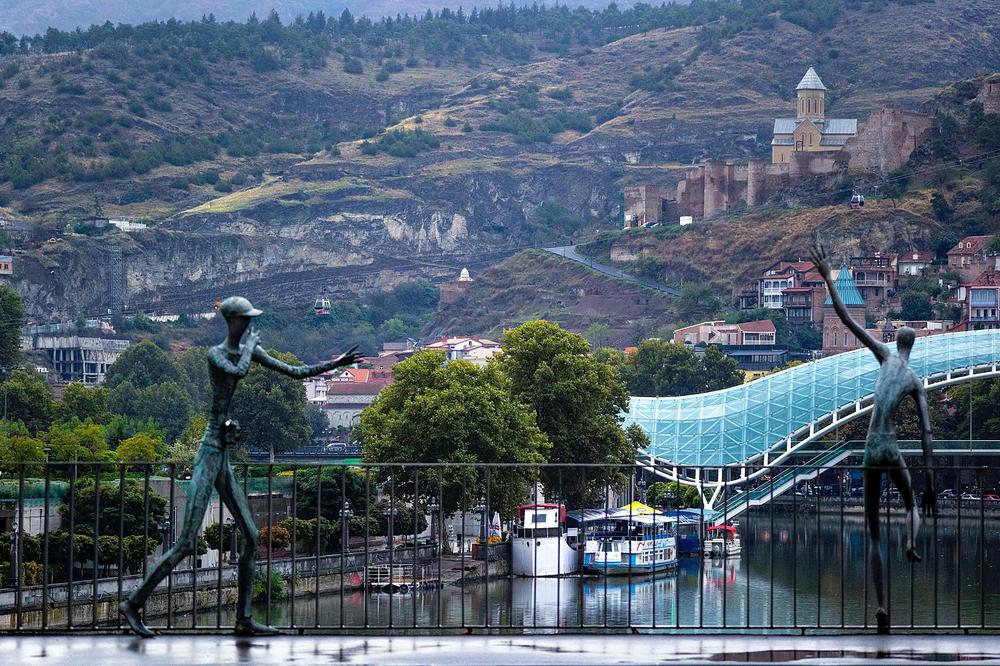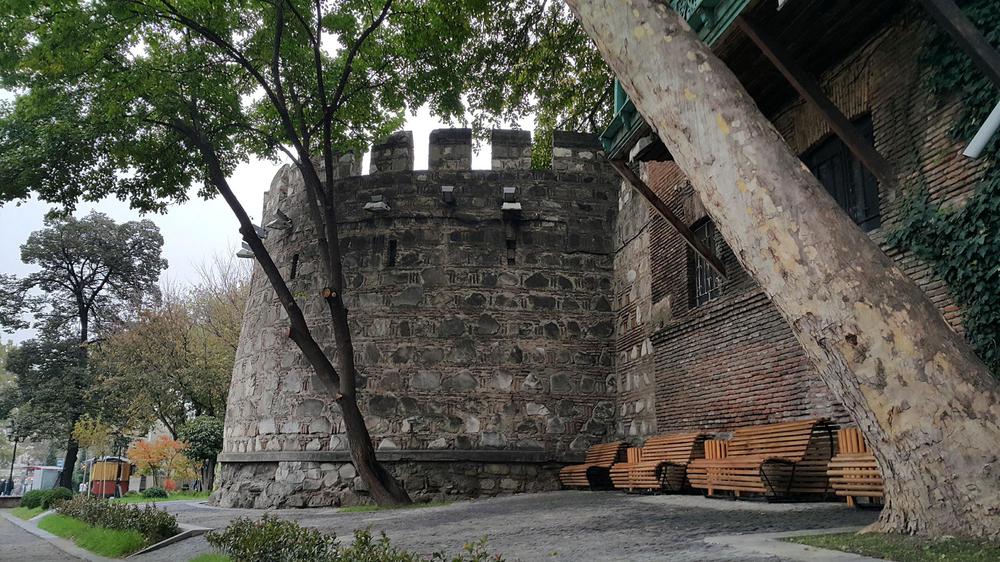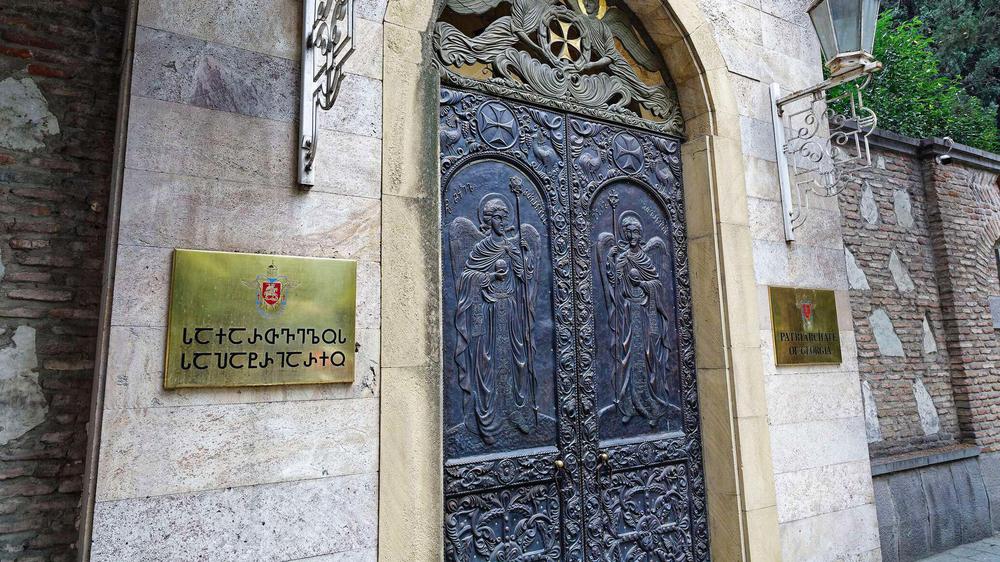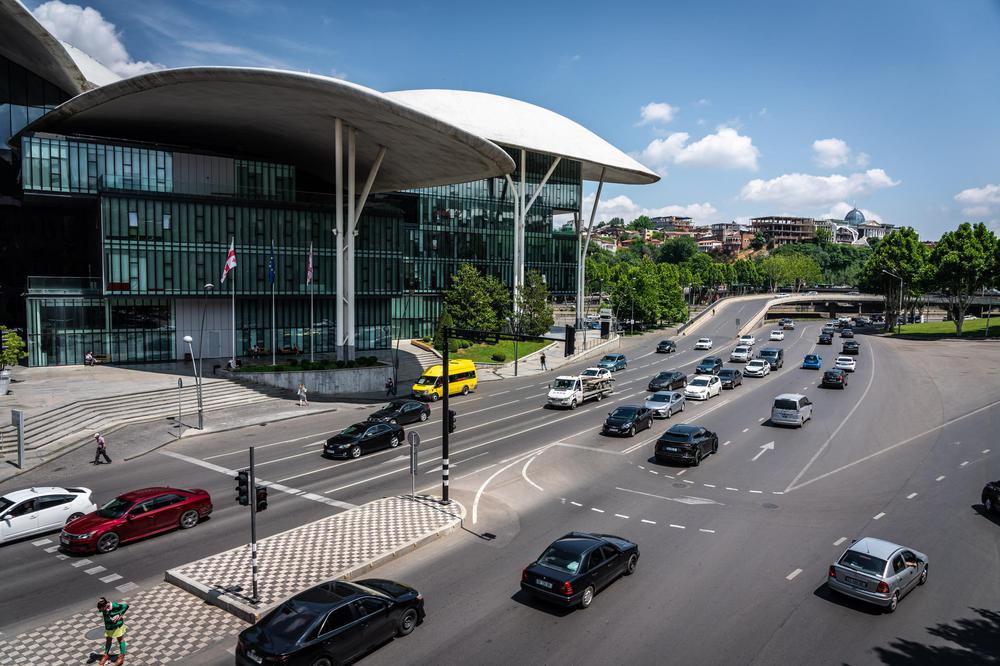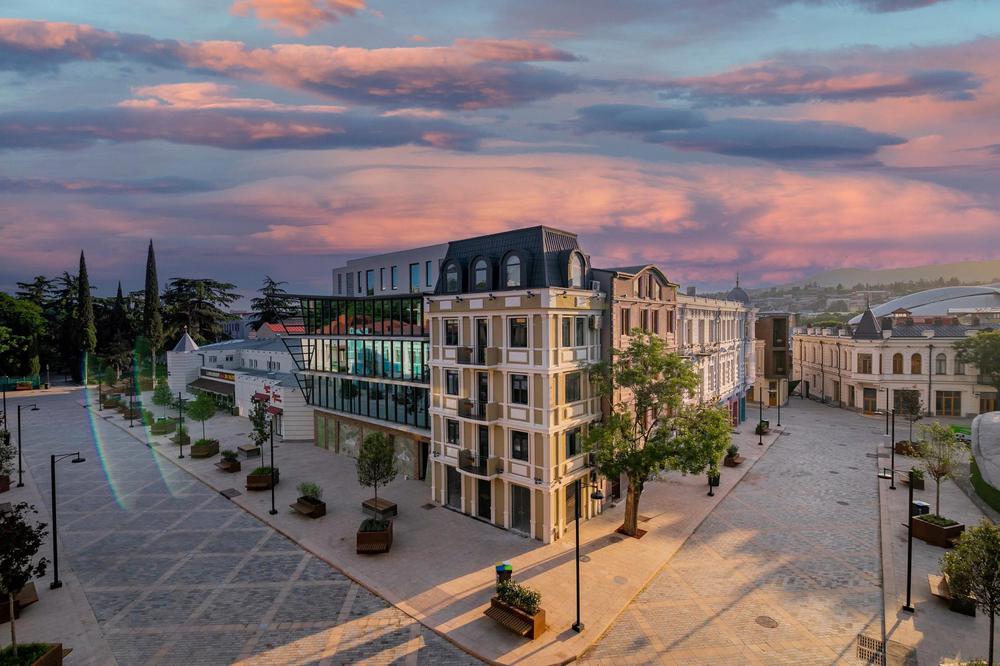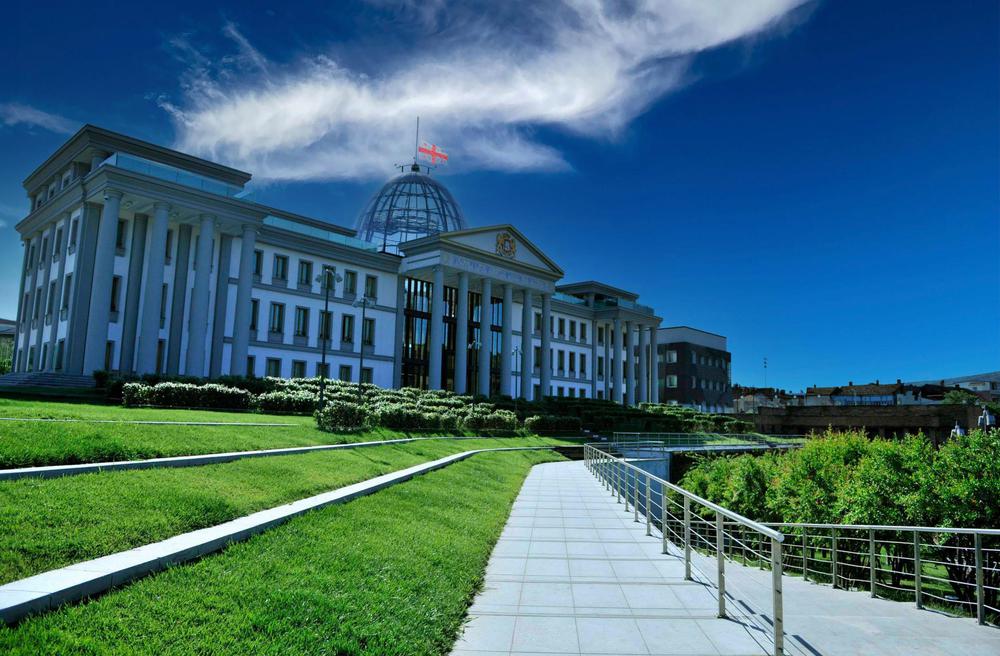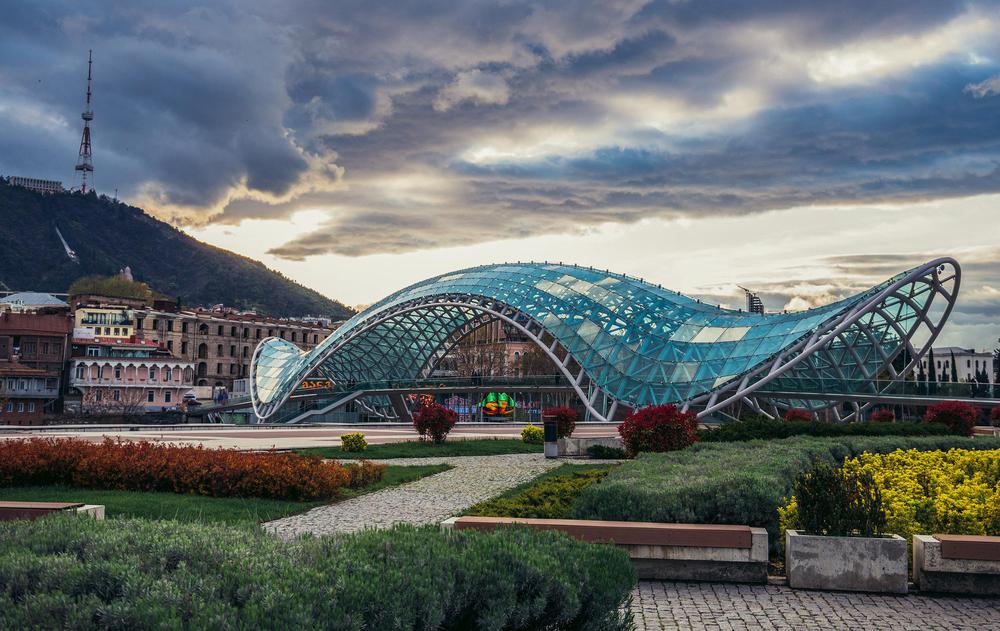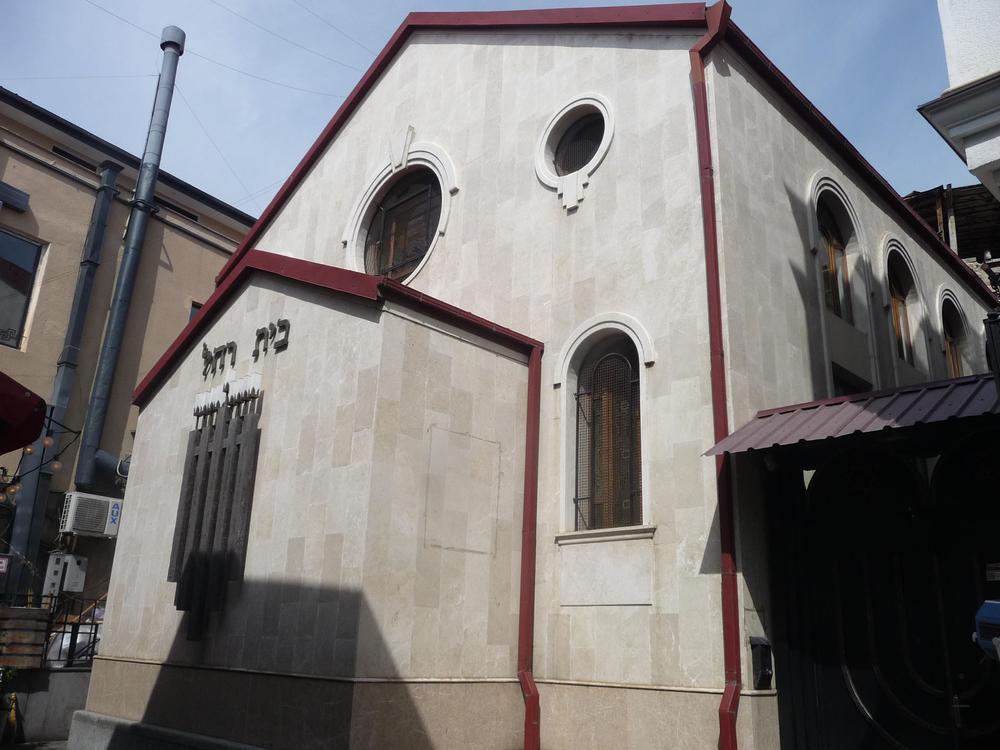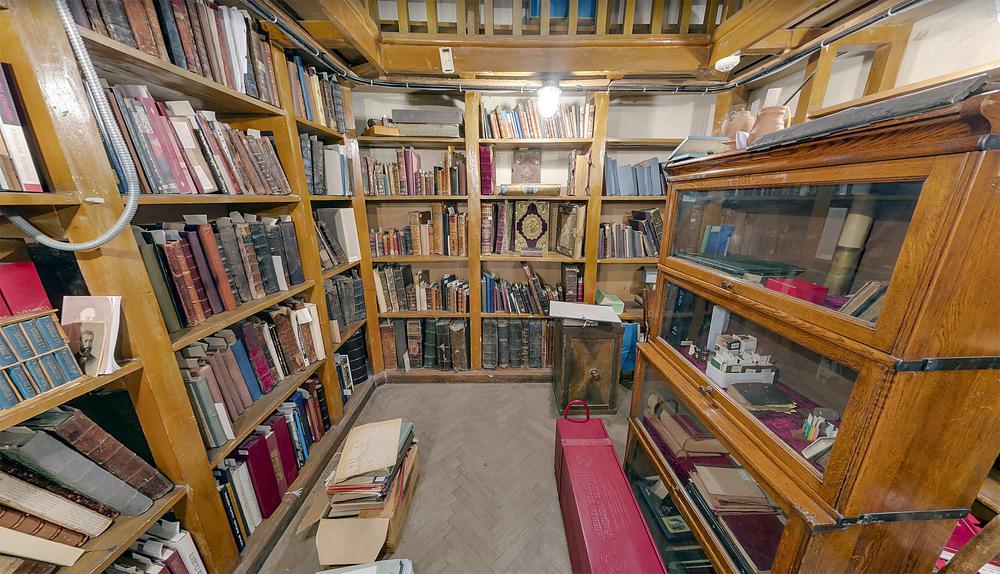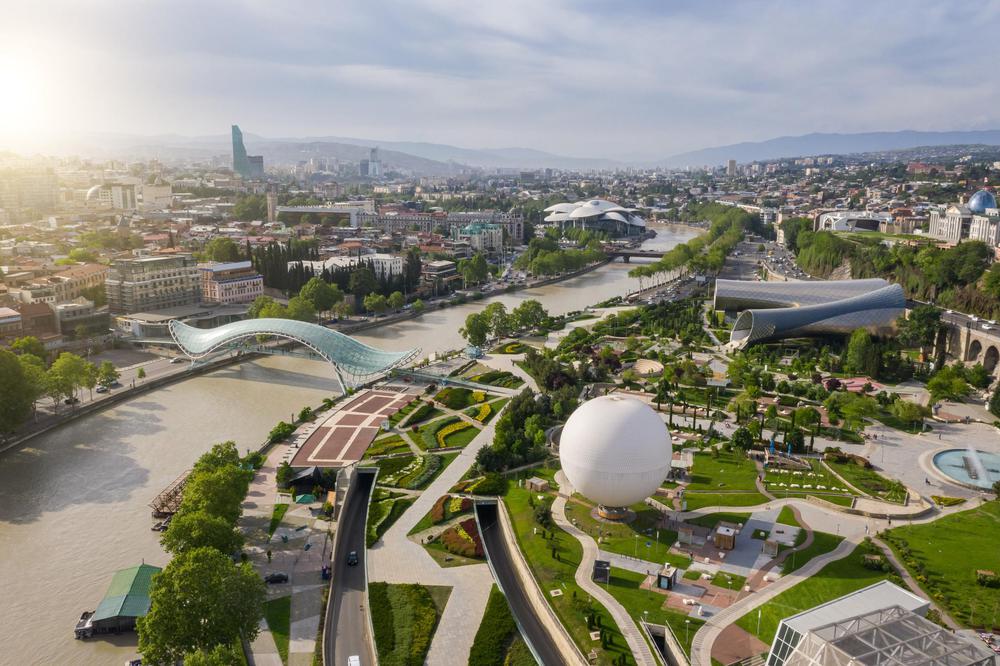The Berikaoba Sculpture in Tbilisi, located just west of the Mtkvari River and near the famed Rezo Gabriadze Puppet Theater and the Anchiskhati Basilica of St. Mary, captures a vibrant scene frozen in bronze. The sculpture, a circle of joyous dancers, each uniquely expressive, pays homage to the ancient Georgian tradition of Berikaoba, a spring ritual deeply rooted in the country’s pagan past.
Long before Georgia embraced Christianity in the early fourth century, its cultural landscape was a rich mosaic of beliefs, including Zoroastrianism and Hellenism. Berikaoba, whose origins remain somewhat mysterious, celebrated the arrival of spring and the promise of fertility and good fortune. The festivities involved masked figures, known as berikas, who would parade through villages, collecting offerings like eggs and wine. In return, the villagers hoped for a bountiful and prosperous season. The celebration was marked by feasting, wrestling, and various games, echoing the community's hopes and desires. While the custom has largely faded, with only a few villages in Kakheti continuing the tradition, the spirit of Berikaoba lives on in the sculpture by Avtandil Monaselidze, erected in 1981.
This sculptural tribute to Berikaoba also reflects the broader cultural history of Georgia as a land of diverse traditions and rituals. Berikaoba itself evolved into an improvised, masqueraded folk theater characterized by scenes ranging from eroticism to political satire and social commentary. The name Berikaoba stems from the Common Kartvelian root “ber,” meaning "a child," hinting at the themes of renewal and rebirth central to the celebration.
Originally performed during pagan times on holidays celebrating abundance, Berikaoba adapted over the centuries to be performed on Christian holidays, like Easter, and at weddings, blending old and new traditions. The sculpture was initially set before a museum of dolls, which was later replaced by a building with colorful balconies, and now stands at the northern edge of Tbilisi’s oldest section, accessible around the clock to all visitors.

